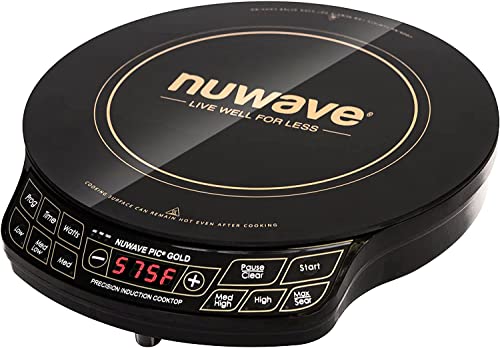Not only is there the rule of 55 which I used recently, but there is the Section 72(t) which is not related to the age of 72, but instead is a way you can withdraw from an existing 401(k) at any age while still employed, with a lot of caveats, including a 5 year withdrawal plan and an actuarial table of your expected lifespan.
Anyway, withdrawing $50k at 55 or over after leaving the company you are not subject to the 10% penalty but you still most likely will have 20% withheld for tax obligations, and you may or may not get some of that back come tax time.
mayble, I'm sure you know that, but this is as good a place as any to toss that information out there.
Information:
http://www.401khelpcenter.com/401k_education/Early_Dist_Options.html#.WiQ5xPmnHBU
Anyway, withdrawing $50k at 55 or over after leaving the company you are not subject to the 10% penalty but you still most likely will have 20% withheld for tax obligations, and you may or may not get some of that back come tax time.
mayble, I'm sure you know that, but this is as good a place as any to toss that information out there.
Information:
http://www.401khelpcenter.com/401k_education/Early_Dist_Options.html#.WiQ5xPmnHBU









































































